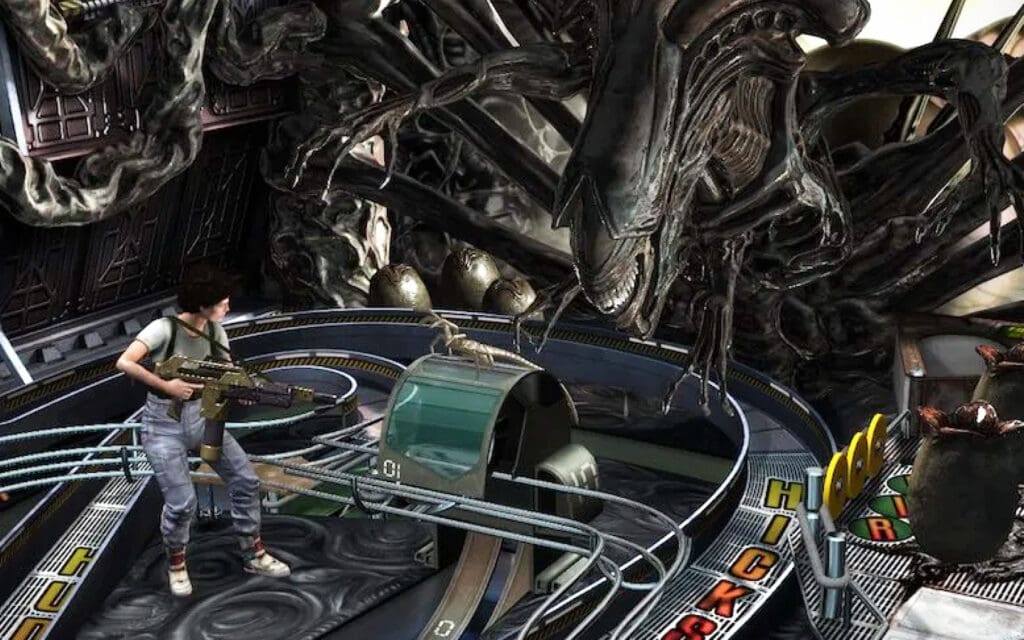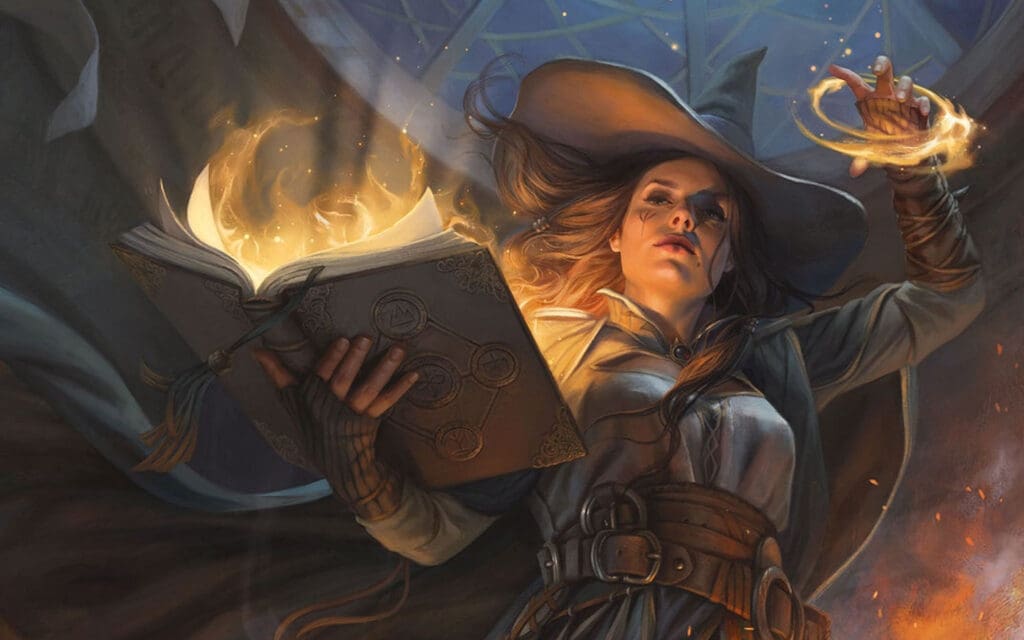Baseball’s strike zone has always been a moving target—figuratively and literally. But in today’s game, where analytics rule, umpires are scrutinized like never before, and batters are trained to spit on borderline pitches, some legendary arms might find themselves in deep water.
These classic pitchers were dominant in their eras, painting corners and bending the rules of the zone to their advantage. But toss them into a world of robotic strike zones, pitch-tracking graphics, and patient hitters? Things might not go quite as smoothly.
18. Whitey Ford

Ford lived off the edges and had a sneaky way of expanding the strike zone. But with today’s laser-focused strike zone tech, those generous calls might dry up fast.
17. Bob Lemon

Lemon was a workhorse with a heavy sinker that danced low in the zone. In an era that calls those borderline low pitches balls, he’d have to adapt quickly.
16. Don Drysdale
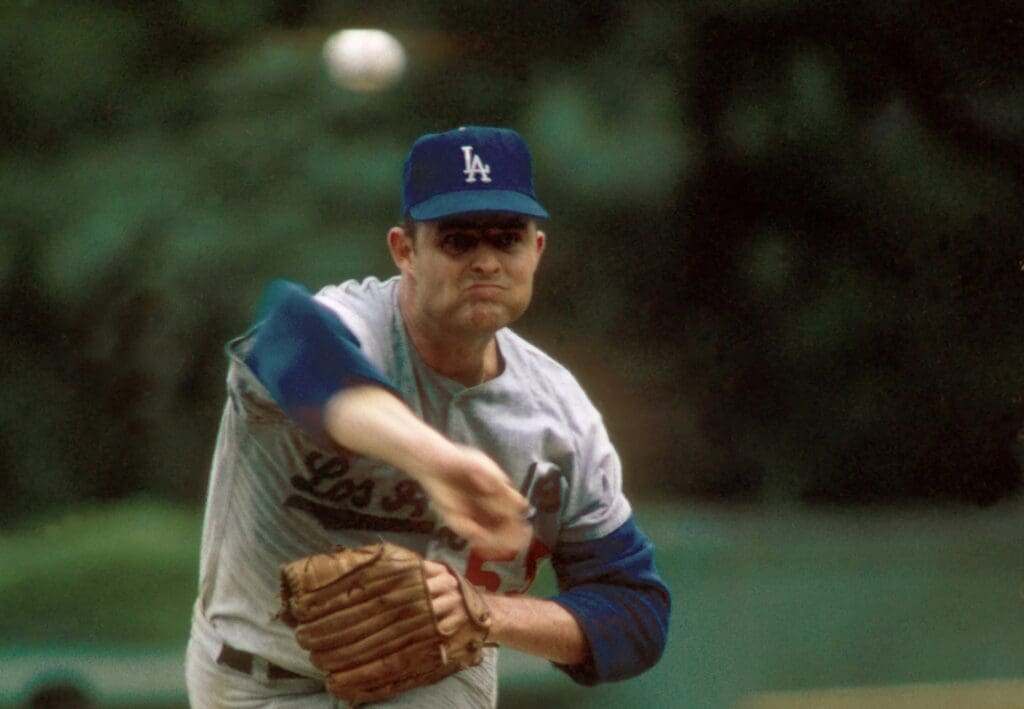
Drysdale thrived by intimidating hitters and living off the black. These days, you can’t bully the strike zone or the umpire with body language alone.
15. Jim Palmer
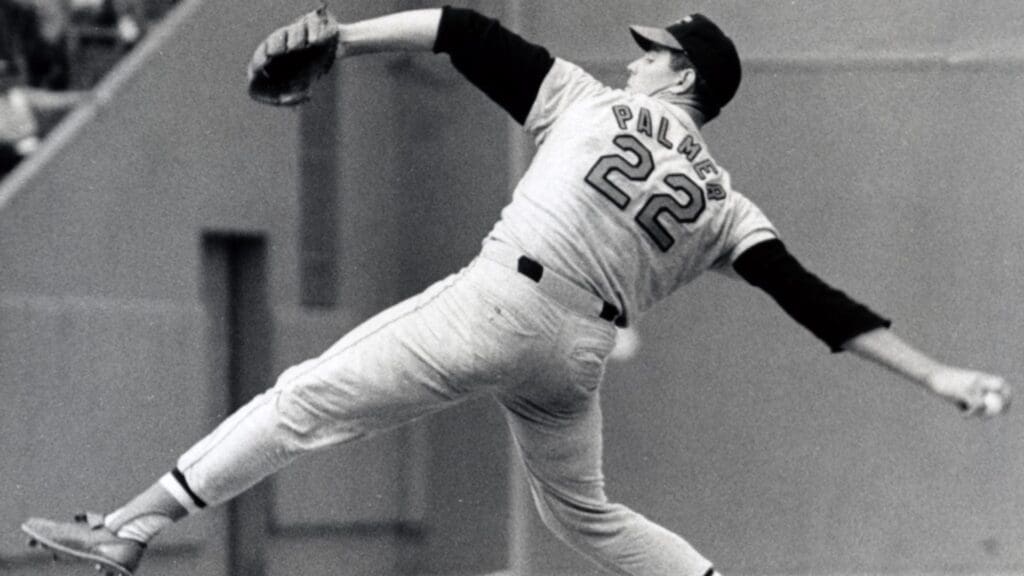
Palmer loved to work high in the zone before high heat was cool. Now with hitters trained to launch those pitches, that strategy could turn risky fast.
14. Catfish Hunter
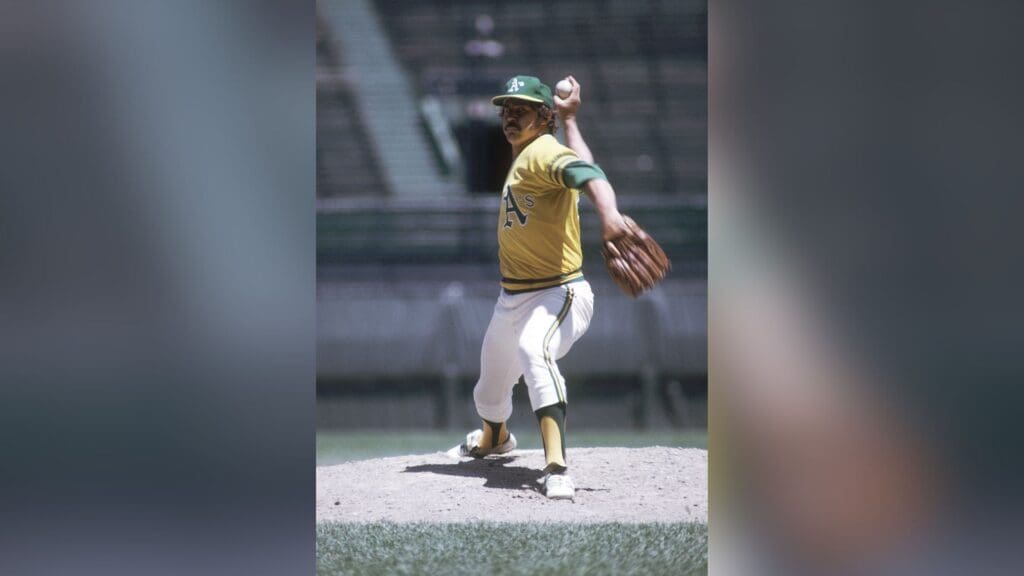
Hunter wasn’t blowing anyone away, but he mastered the art of getting borderline strikes. In a game where framing is less relevant and accuracy is everything, his finesse would be tested.
13. Early Wynn

Wynn wasn’t afraid to pitch inside and nibble around the edges. But today’s defined strike box doesn’t care about grit or intimidation.
12. Luis Tiant
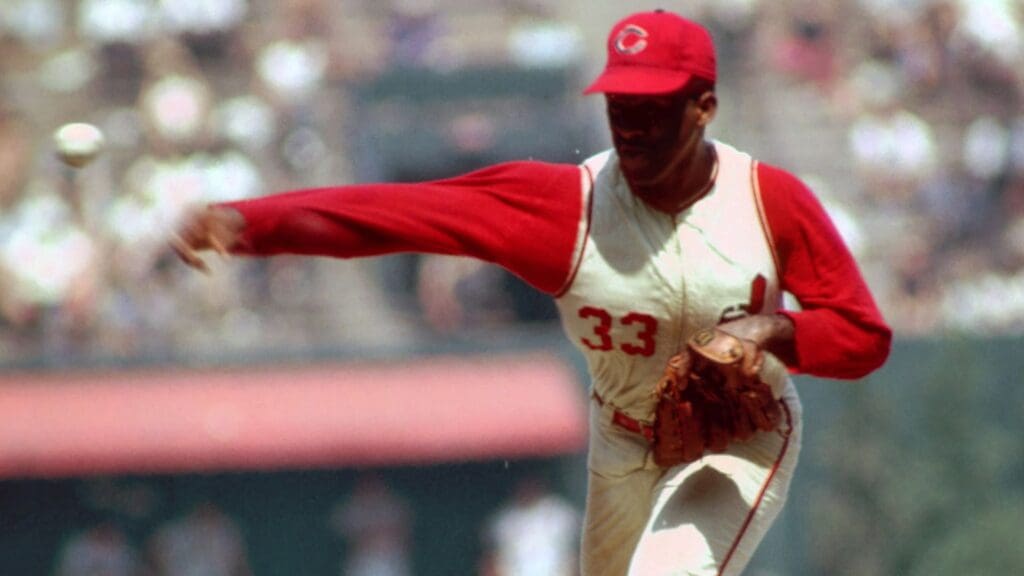
Tiant’s funky motion threw hitters off as much as his pitches did. But deception won’t help much if he’s not hitting a tightly regulated zone.
11. Tommy John
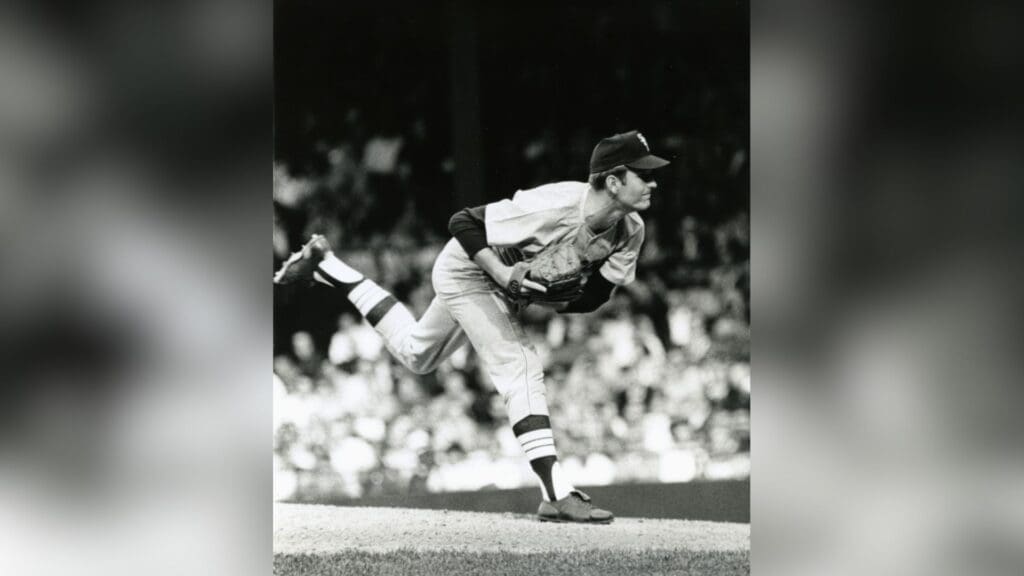
The original elbow surgery namesake loved to paint the knees with sinkers. With a zone that’s stingier on low pitches, he’d be forced to adjust his entire game.
10. Vida Blue
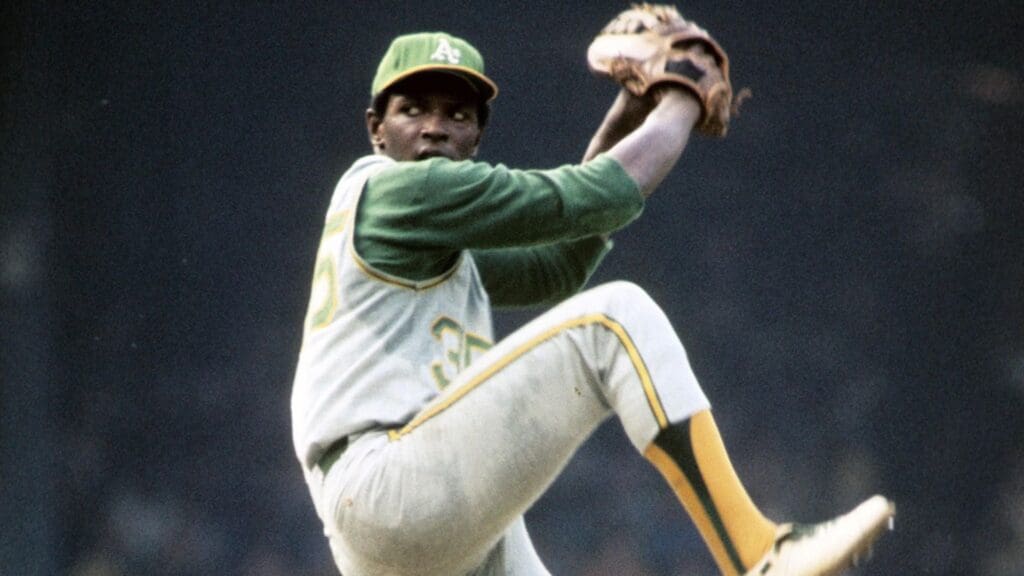
Blue had electric stuff and used it to keep hitters guessing around the plate. But in the modern game, guessing doesn’t help when the calls are brutally precise.
9. Bob Friend
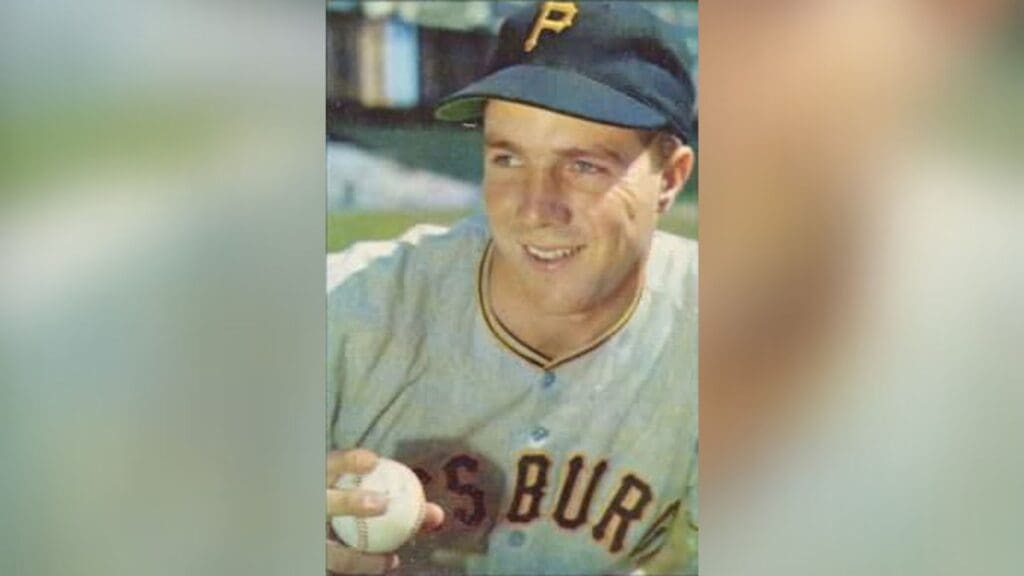
Friend excelled by being consistently around the plate, but not always in it. That approach won’t fly with modern ump scrutiny and video reviews.
8. Don Sutton
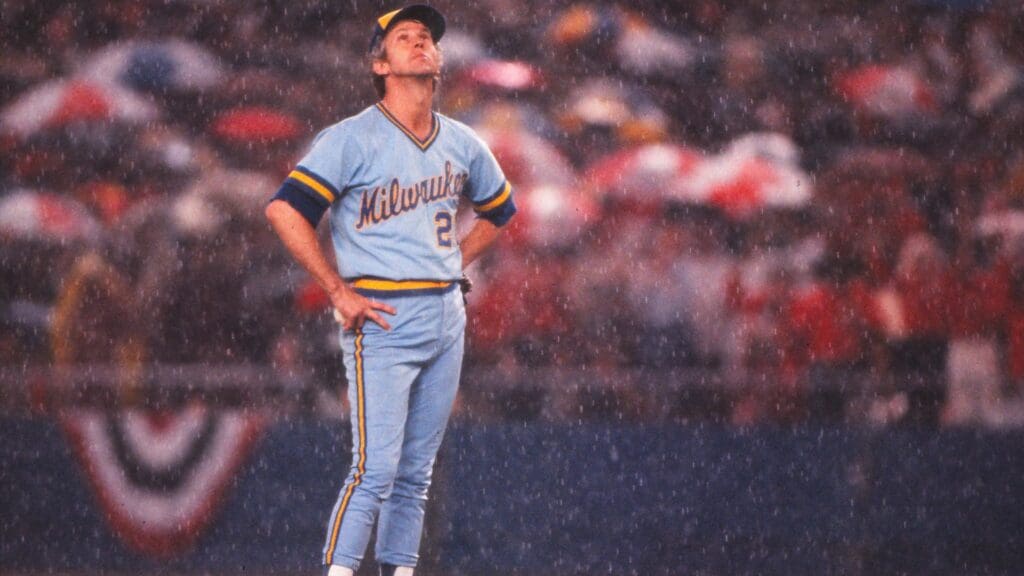
Sutton was known for working every inch of the strike zone—and maybe a few outside it. With today’s tech, there’s no hiding where those pitches really land.
7. Wilbur Wood
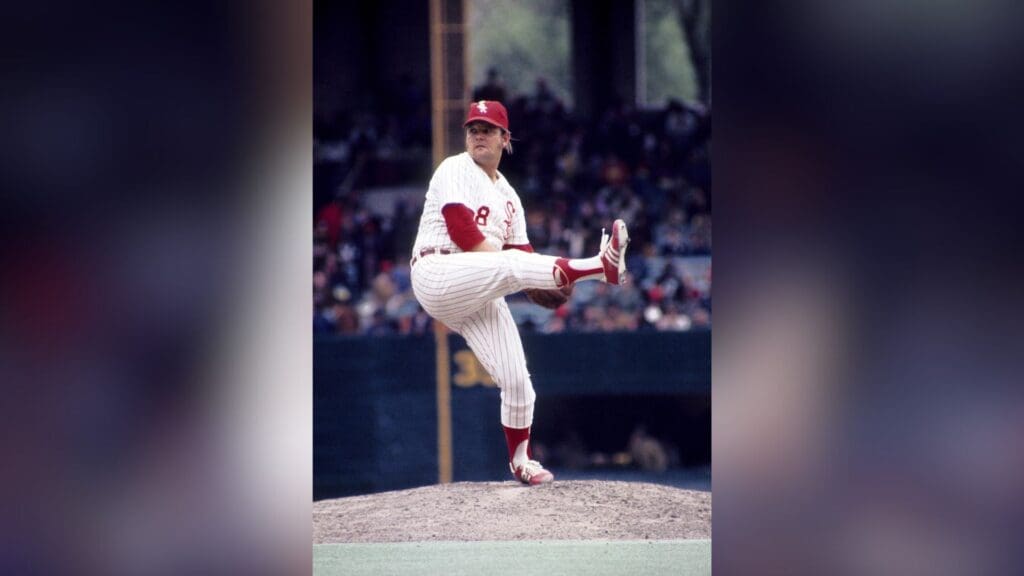
Wood’s knuckleball floated unpredictably through a more forgiving zone. Modern precision might have turned his masterpiece into a mess.
6. Mel Stottlemyre

Stottlemyre thrived on ground balls and low strikes. That sinker-heavy arsenal might not survive in today’s offense-friendly interpretation of “below the knees.”
5. Jerry Koosman
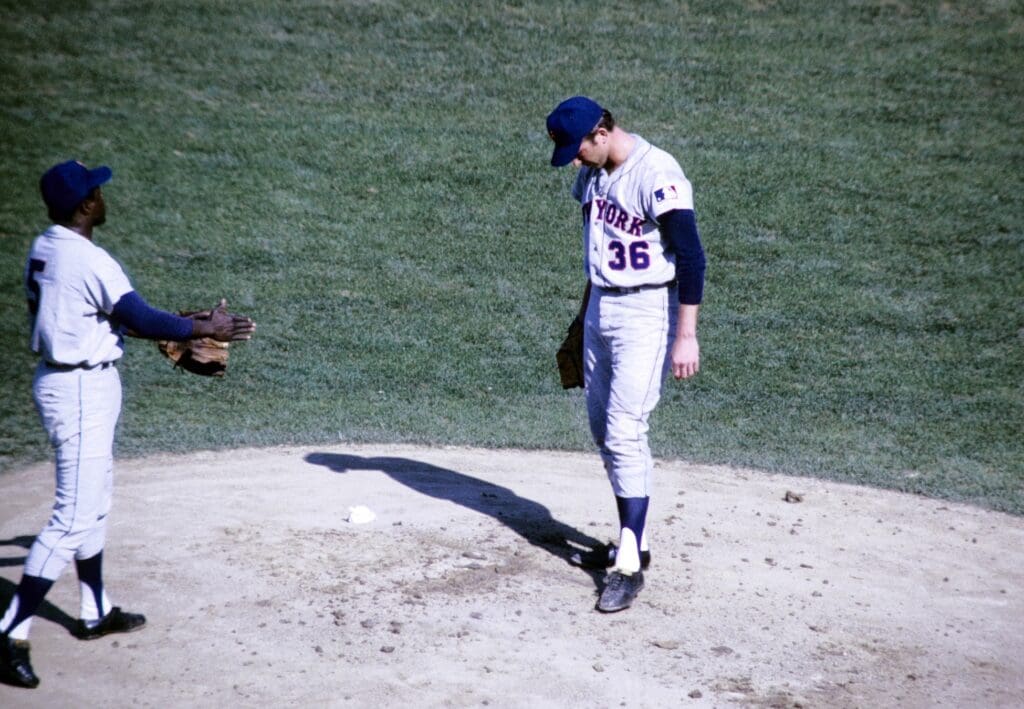
Koosman lived off his ability to hit corners with movement. But now, hitting corners isn’t enough—they have to be within a pixel-perfect frame.
4. Milt Pappas
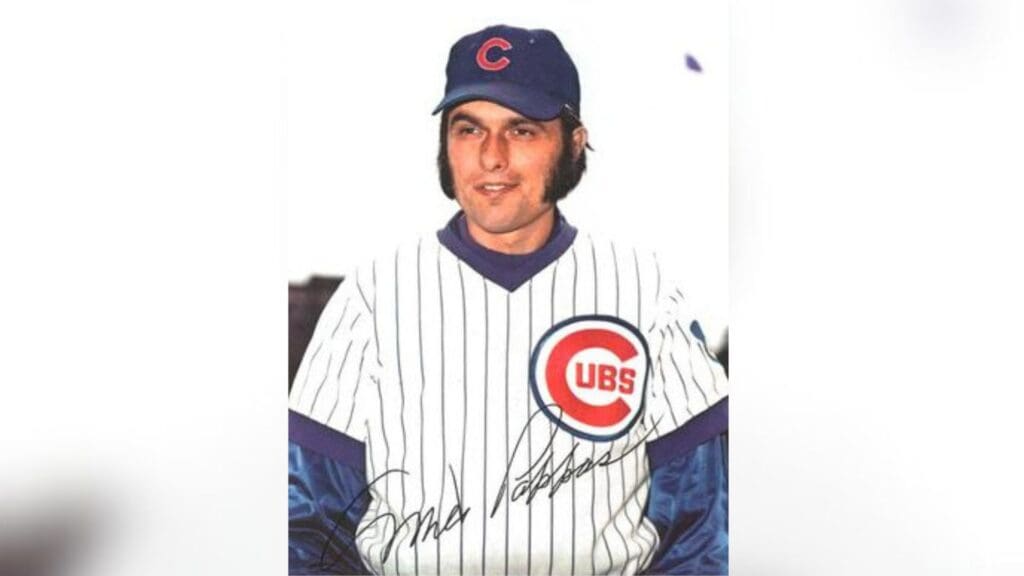
Pappas was solid and smart, but often leaned on getting calls just off the plate. In a world without wiggle room, he’d have to sharpen up in a hurry.
Read More: Ranking The 10 NFL Players With The Most Epic End Zone Dances
3. Jack Billingham

Billingham’s control was good, but not elite. And in this era, “pretty good” control won’t cut it when the zone leaves no room for error.
Read More: 13 QBs Who Definitely Rehearsed Their TD Celebrations
2. Rick Wise
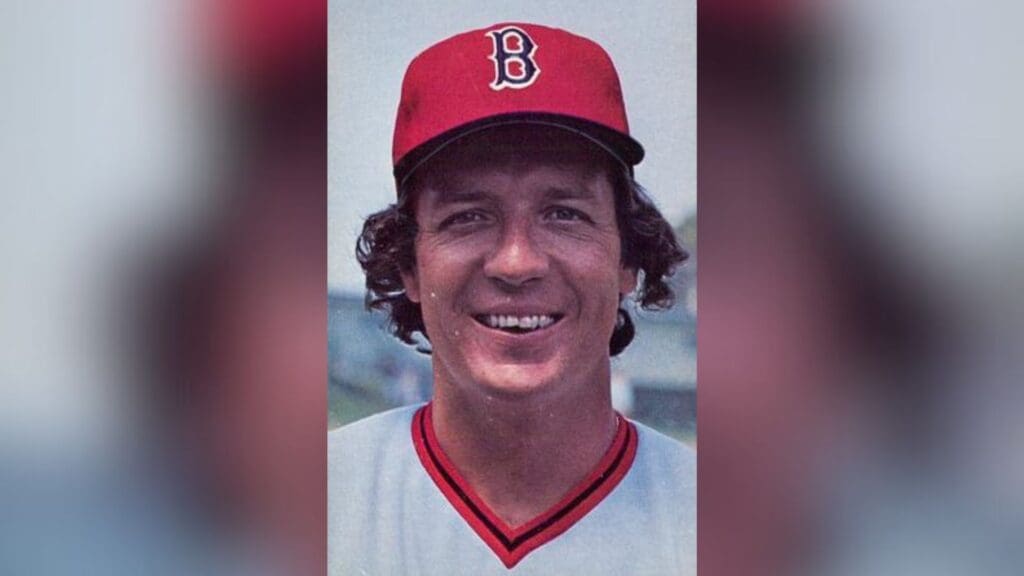
Wise pitched to contact and relied on favorable calls to keep batters from teeing off. With fewer of those gifts being handed out, things could get rough.
Read More: The 18 Best Ball Strikers in Golf History, Ranked
1. Dock Ellis

Ellis pitched with swagger, deception, and a strike zone that was often a suggestion more than a rule. In today’s pinpoint world, swagger won’t buy you a strike three.





